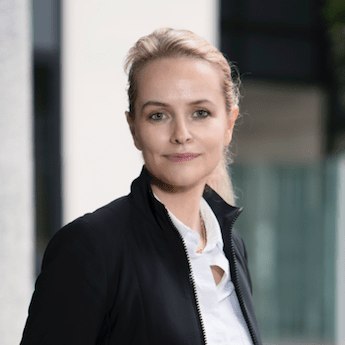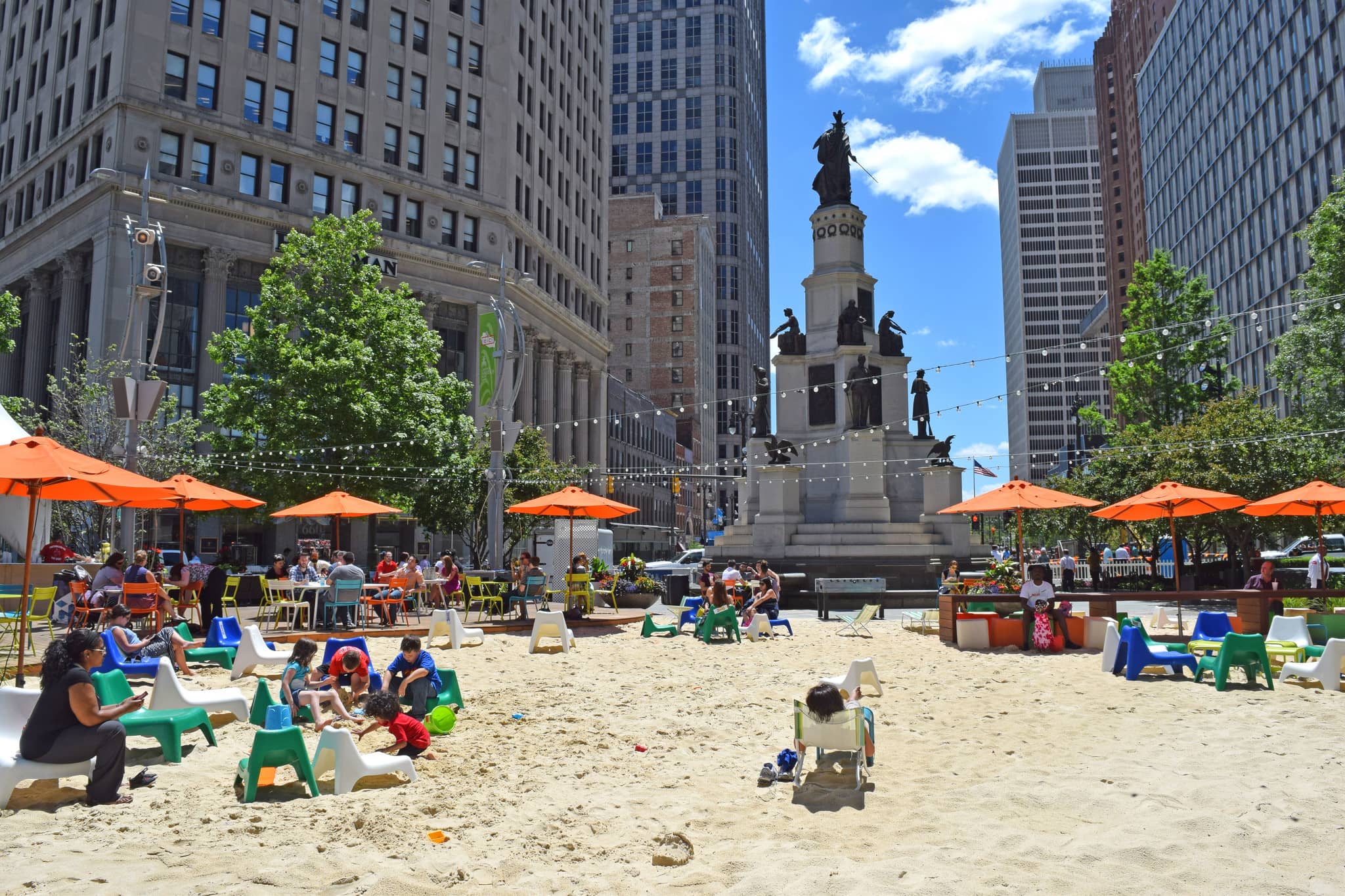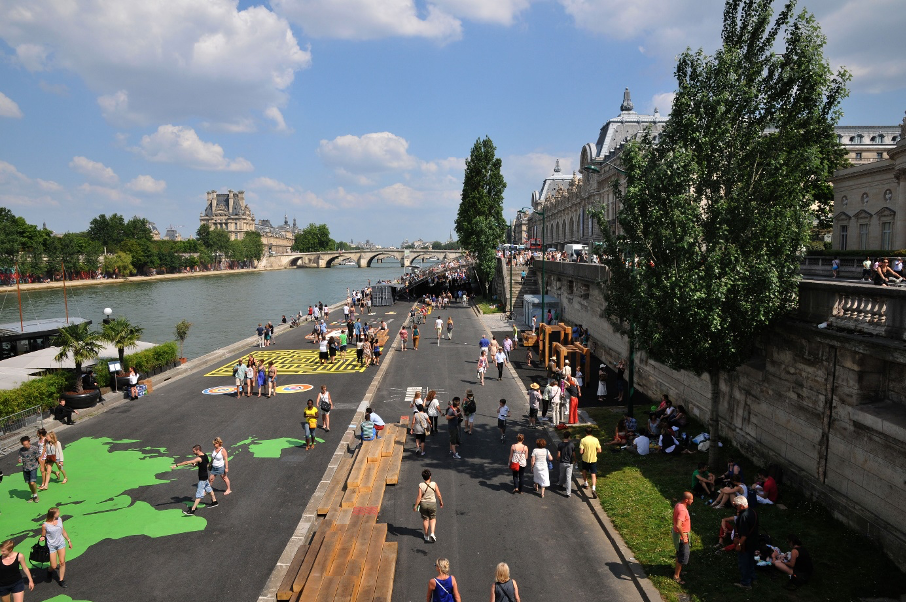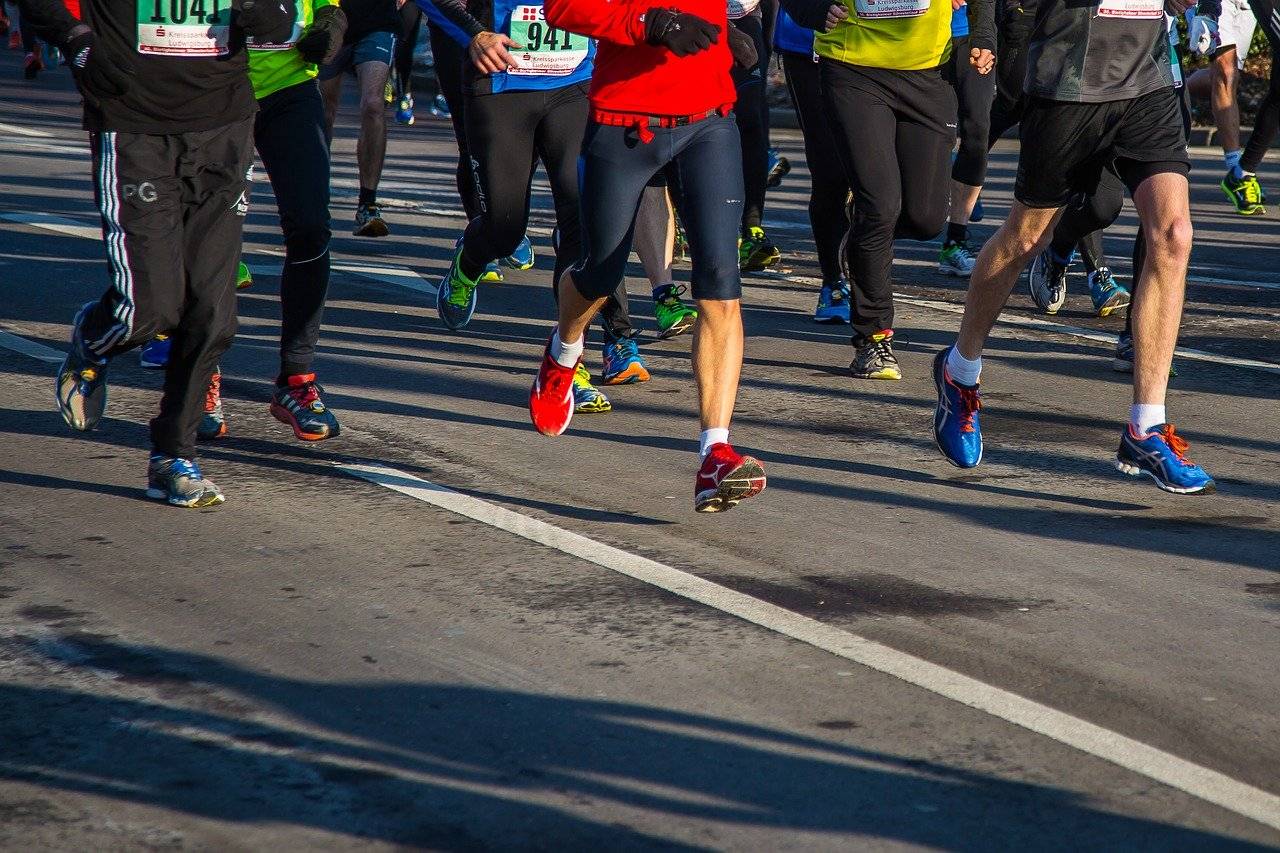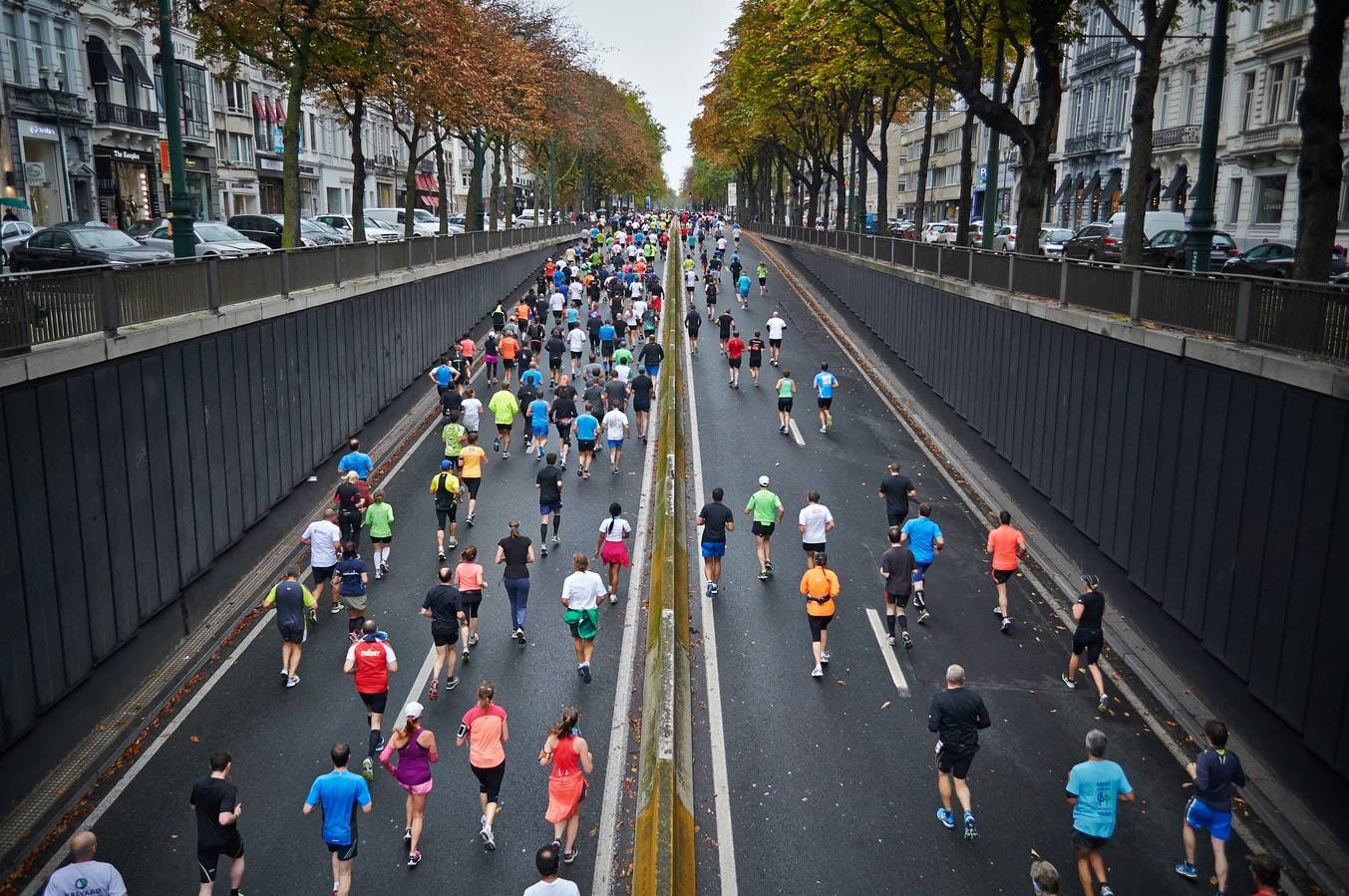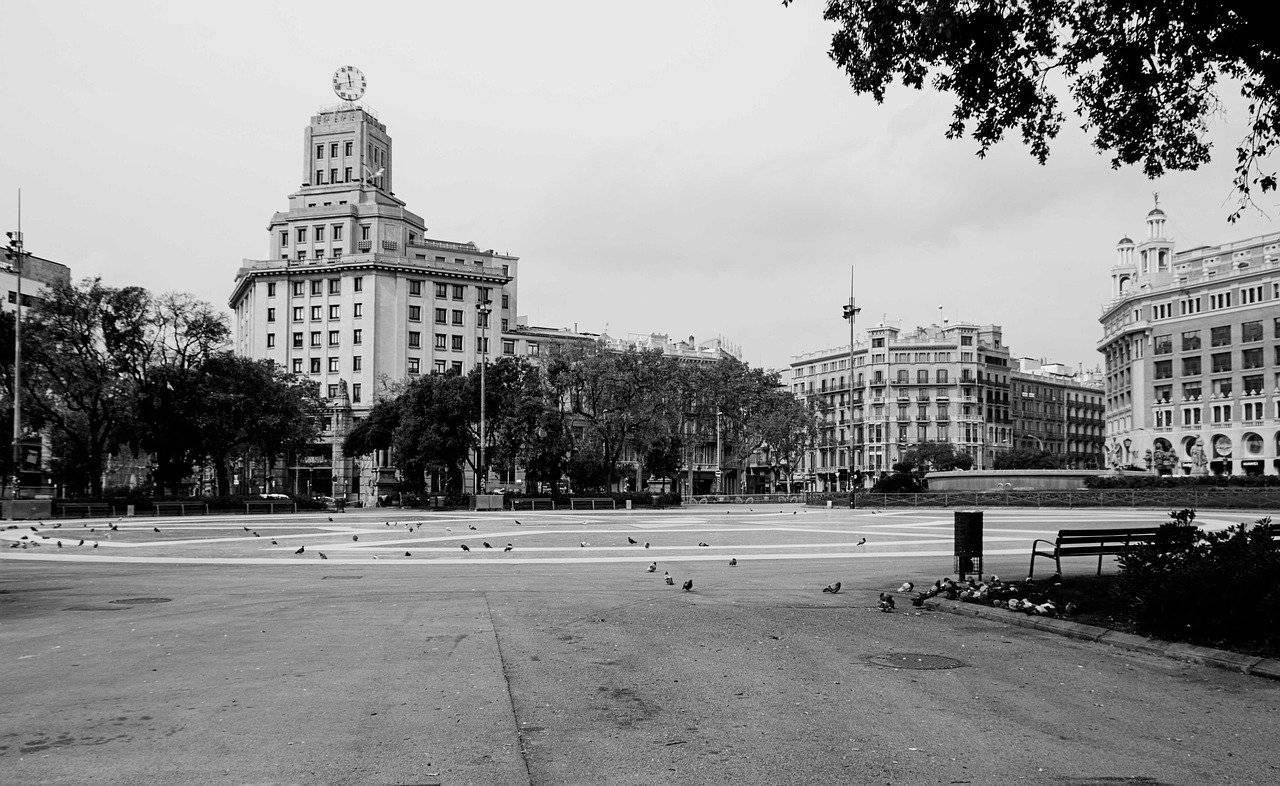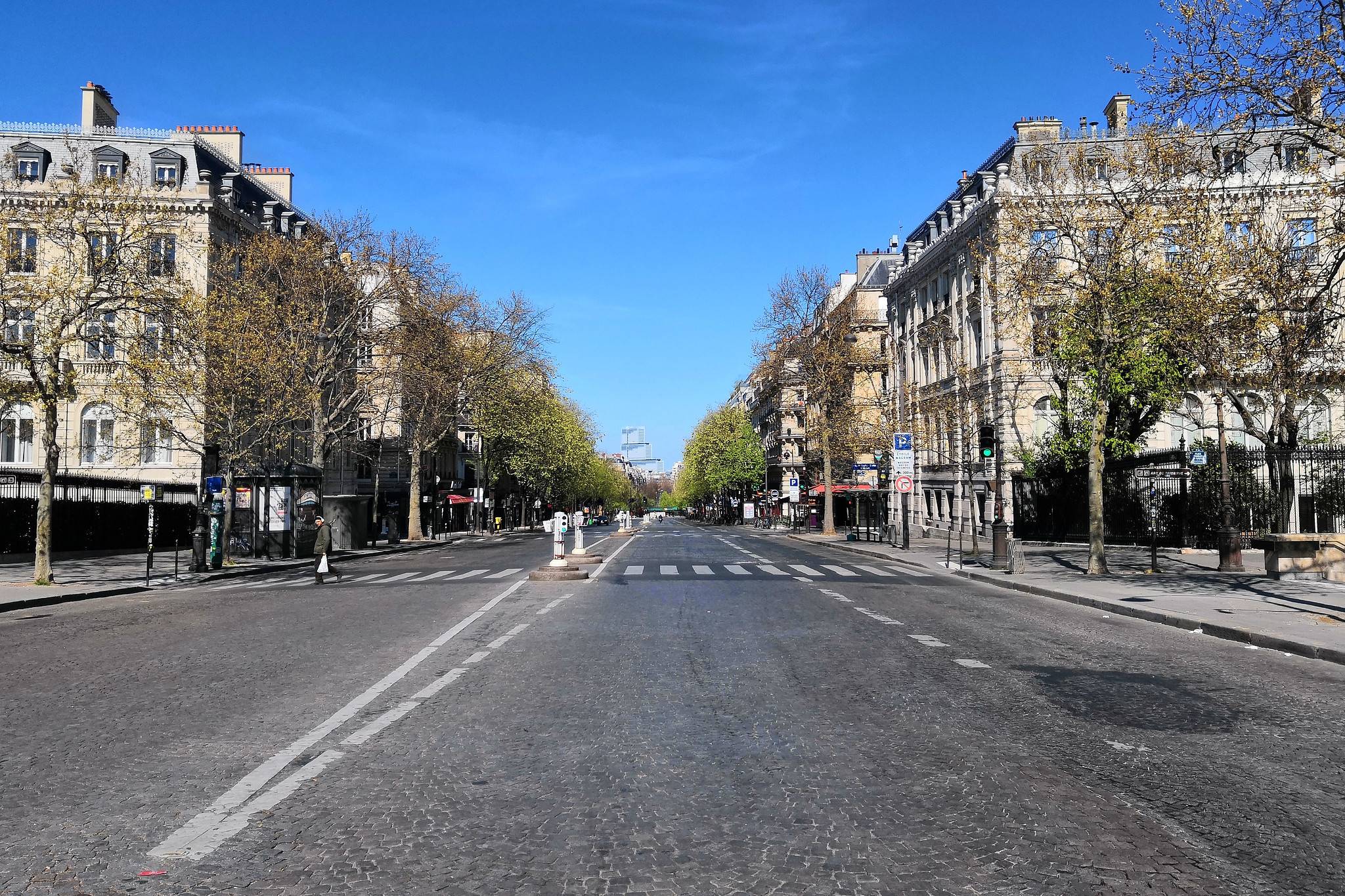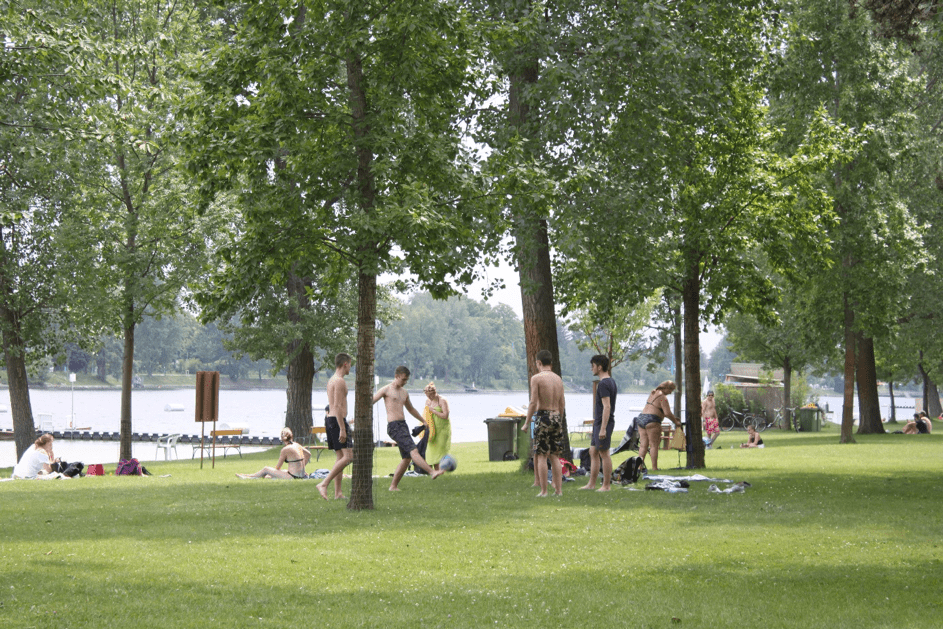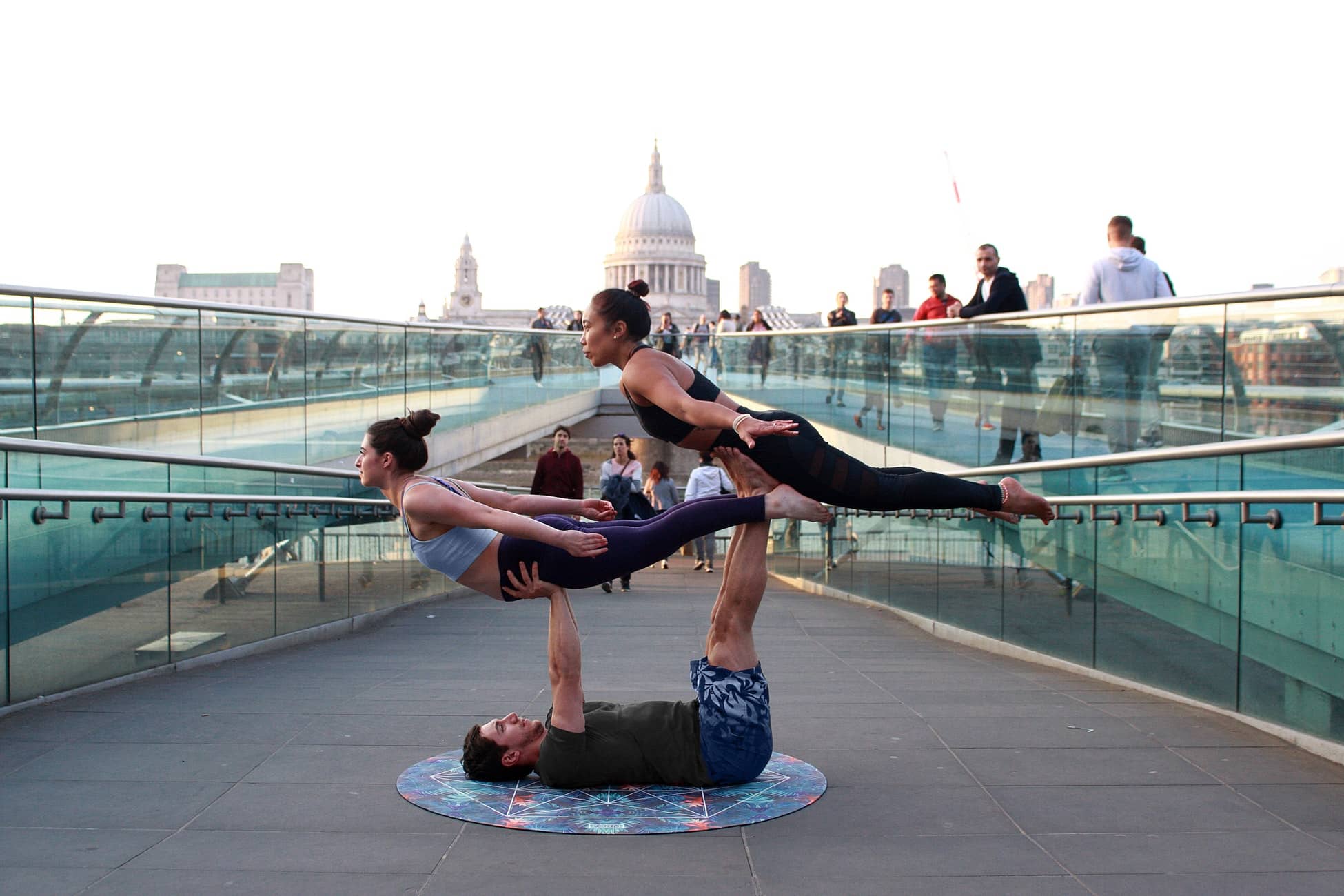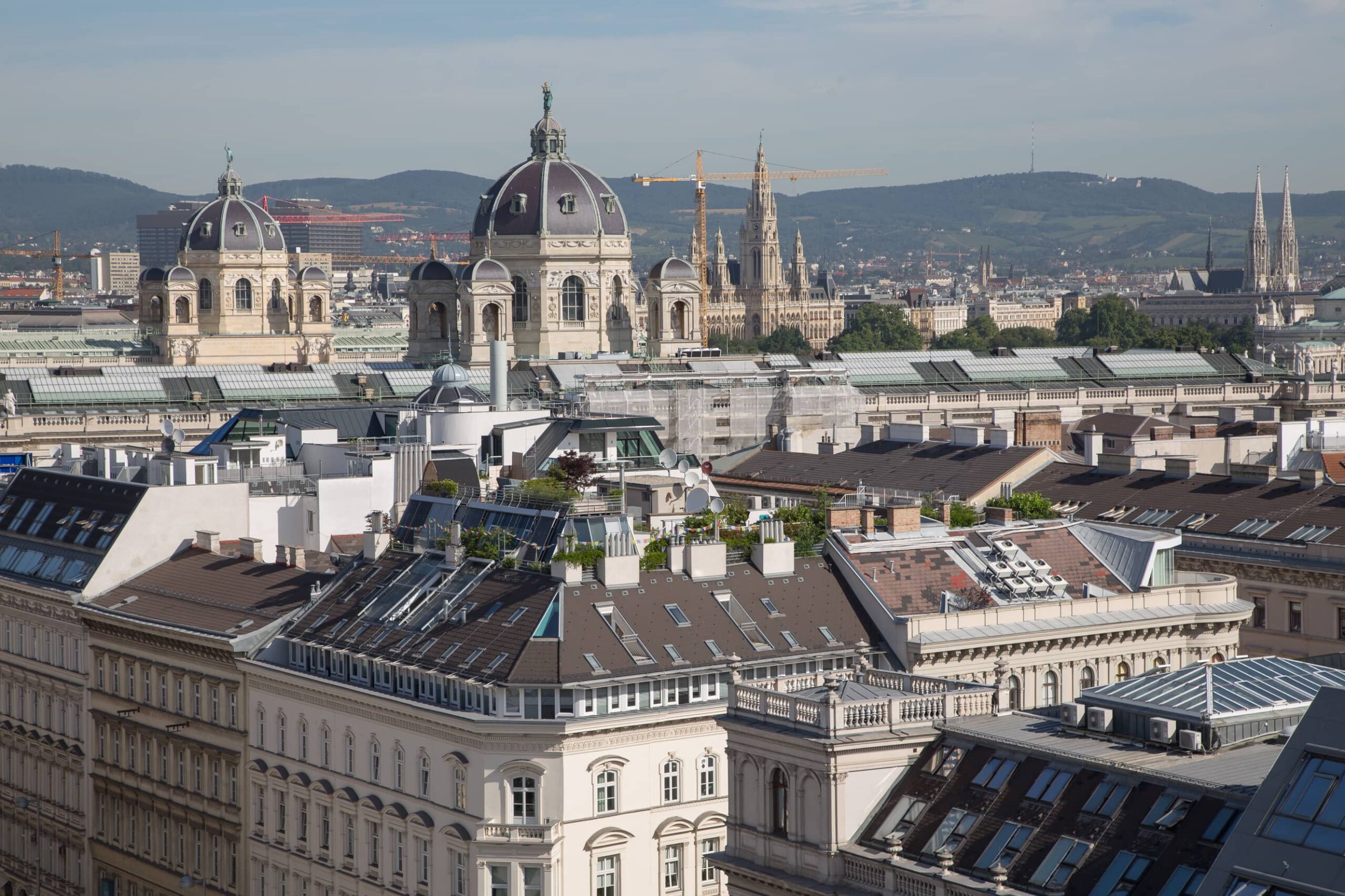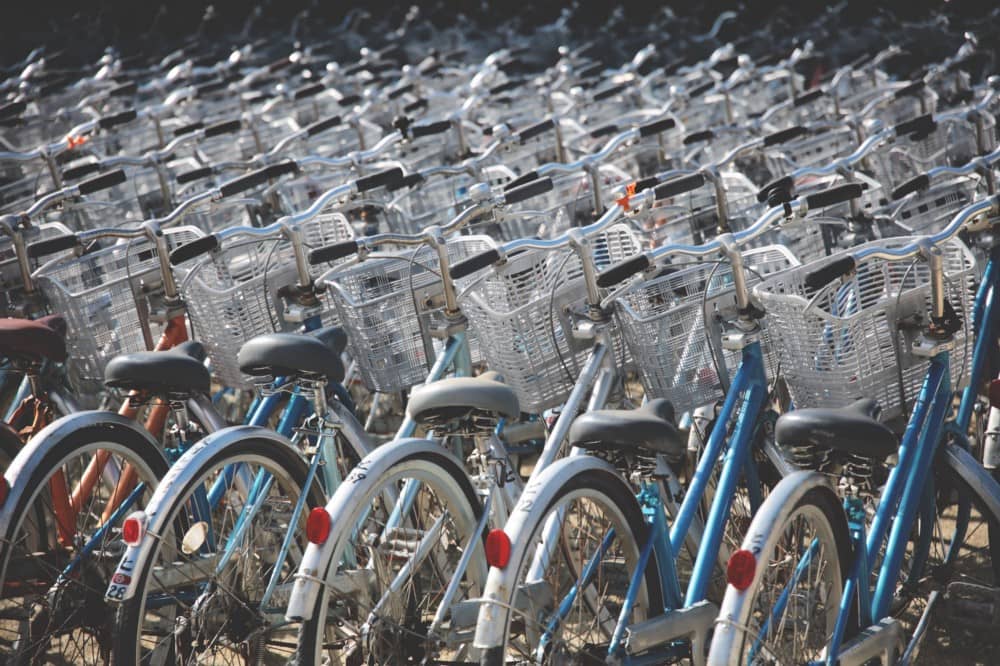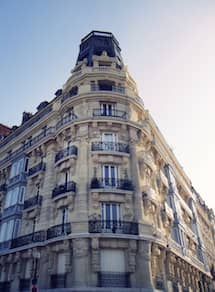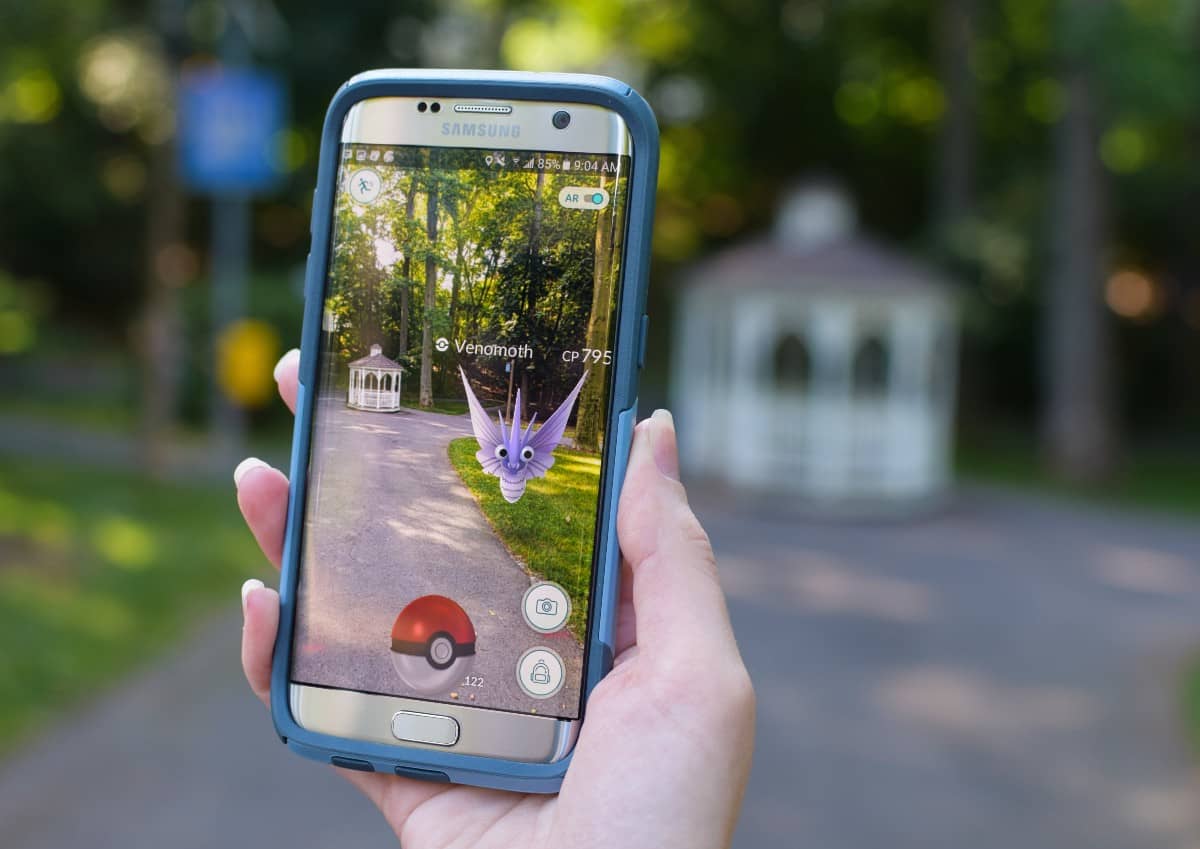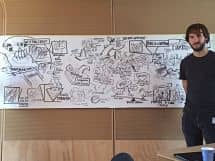

Becoming an Olympic City: Paris 2024, a new paradigm?
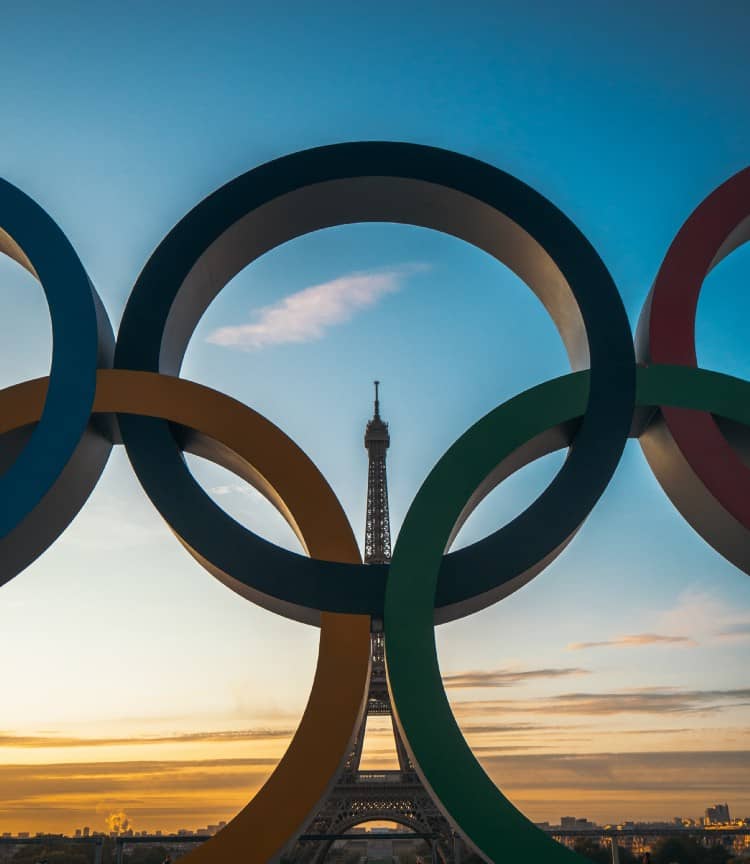
Hosting the Olympic Games is at once creating a vision, deploying a symbolic initiative in the urban space, and providing the host city with a great economic opportunity while putting it through an intense shock for a brief period. In short, successfully organizing the Games is an excellent stress test for the city’s efficiency and resilience.
Urban projects associated with the Games are specific to each organising city and to the strategic choices made by public authorities. However, given the breadth of the interventions on the city, all bear significant effects, whether positive or negative, on the urban fabric; the extent of these effects depends on the scale of the project. With Paris officially designated as the organiser of the 2024 Olympic Games, we chose to delve into what being an Olympic city means. How does a city become an Olympic city? What is the relationship between urban planning and an Olympic project? What ramifications can we expect? What new paradigm is Paris creating for 2024?
The Games, a matter of numbers …and especially costs.
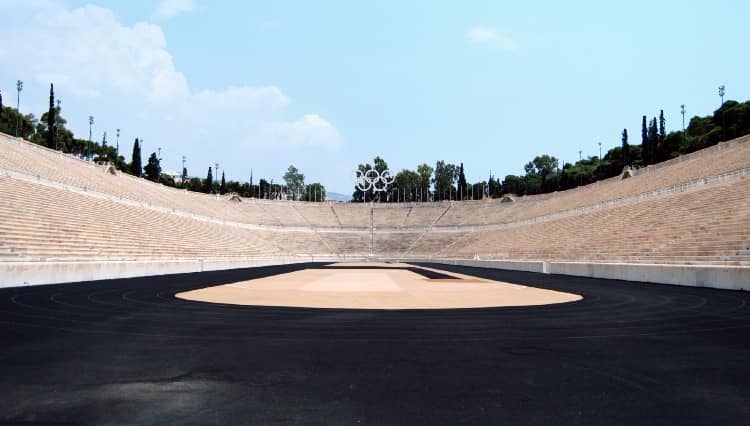
Mexico 1968, Montreal 1976, Los Angeles 1984, London 2012… After the fact, the Olympic Games tend to be associated as much with places as they are with dates: they are a snapshot of sorts of a particular period, and a freeze frame of the city. Prior to the event, the date also matters, in the form of a deadline: the organising city is judged, even before the project starts, first and foremost on its ability to be ready in time.
Here, “time” is intimately linked to preparing infrastructure necessary to host Olympic events and delegations. In this respect, Paris’s candidacy breaks with a long tradition that associates the hosting of the Games with the construction of a large number of new infrastructure. Paris will use 24 existing sports facilities out of the required 36 . The city has also planned to construct eight temporary facilities and only two new structures (including Bercy Arena II, which was already planned, regardless of the IOC’s decision). The construction of entirely temporary facilities allows the city not to “sacrifice” a sports ground to a single use, which would have no long-term value for citizens. The Parisian choice is obviously not unrelated to budgetary considerations. Besides places and dates, the Olympic Games are also historic events due to their cost. For host cities, organising Olympic Games is a very costly affair — often much costlier than planned. In fact, candidate cities have a tendency, on the one hand, to propose very ambitious projects to enhance their prospects of winning with the IOC, and on the other hand, to underestimate the budget required to host the Games.
Why is this case? First, because projects must be made acceptable to the public, an increasingly recurrent problem in times of crises, as evidenced by Hamburg’s abandoned candidacy following a referendum. Second, because security expenses are often poorly evaluated, even though they have been particularly high since September 11, 2001. Finally, because construction and property costs can increase significantly during the years of preparation. For some economists, the victory of a candidacy is intrinsically inflationist: even the system for awarding the organisation of the Olympic Games tends to favor the city that underestimates costs in relation to the project’s ambitious scope, i.e., the city that stands to lose the most from winning. As an example, the London and Athens Olympic Games cost approximately double their initial budgets, £11,000 million instead of £4.8 billion, and €10 billion instead of €5.3 billion respectively. The Beijing Olympic Games should have cost €3 billion but €30 billion were eventually spent. In 1976, Montreal also largely underestimated the budget necessary to organise the Games ($124 million) and contracted a debt of $2.8 billion, which its citizens had to pay over 30 years through exceptional taxes. These very high costs are compounded by the fact that the economic benefits of such an event remain uncertain. Few objective studies exist on the subject, but they all agree that organising the Olympic Games or other major sports events has little impact on the organising city’s revenue and employment. The receipts directly related to the event (tickets, tourism, etc.) do not offset expenditures or benefit investors.
The Olympic Games, an urban project accelerator
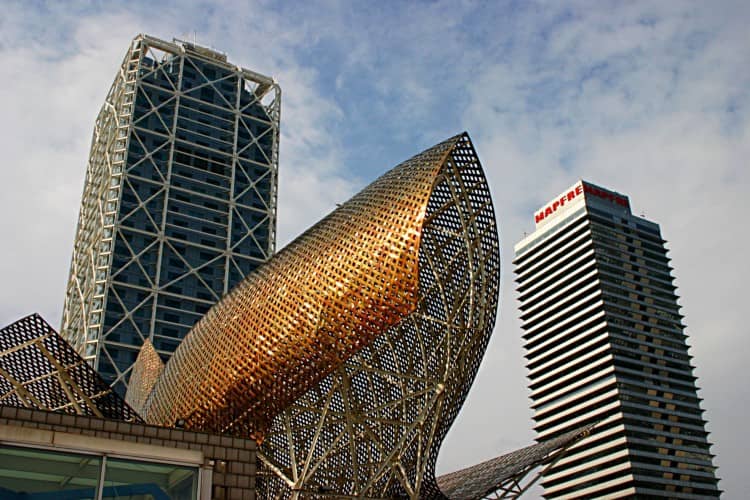
In these circumstances, how can host cities benefit from organising the event? Those who succeeded have devised strategies to amortise costs, optimise land use, and make the physical legacy (increased value of facilities for the territory’s long-term benefit) as well as the intangible legacy profitable (image of the city, social values, promotion of healthier lifestyles, etc.) Such is the initiative taken by Paris, which wants to incorporate the Olympic project into its urban project by turning it into an accelerator.
Making the Olympic Games an urban laboratory for experiments: the project is attractive but what are the conditions for success? Further, how do we upscale successful experiments? This not only presents a real challenge for adding value to the realized investments, but also for cities’ resilience.
The different approaches chosen by organising cities as regards construction all entail a long-term vision, a condition for guaranteeing investment profitability. Indeed, the cost of a building depends largely on its maintenance, management, and landholding rather than its construction. For instance, fixed maintenance expenses for a stadium, even if it is little used, can run into millions of euros. Land occupation by an unused facility in cities where grounds are scarce and expensive represents a major shortfall for local players. It is thus critical to avoid “white elephants,” huge constructions built for the Olympic Games (stadiums, transport lines, roads, swimming pools, and so on) that are subsequently underused, even abandoned, and become symbols of the financial drain the event can represent. This was especially the case in Athens, where the majority of the 24 Olympic structures are now abandoned and represent a dead loss for the city and the entire country. In 2013, Jacques Rogue, president of the IOC, conceded that the country’s external debt had increased by 2 to 3% because of the cost of the Olympic Games. In Rio, Brazil, similar observations have been made. The reconversion of the handball arena into schools was abandoned because of lack of funding; only 240 of the 3,600 flats in the Olympic village were sold; and as for the Olympic pool, it has been abandoned.
To guarantee that the organisation of the Olympic Games does not become a burden on the city and entire country, it is essential for project not to be separated from the city’s overall urban strategy; on the contrary, it must be part of a sustainable dynamic for the city.Construction or development projects started for the organisation of the Olympic Games must be seen as the building blocks of a much larger urban project.
Depending on the cities and their specific situations, the Olympic Games can be a trigger for a new project — not necessarily in existence or even in an embryonic stage — or the accelerator of an already formalised projectbeing put in place. In London, for instance, the development of what became the Olympic Park was not yet a concrete urban project and in the process of materialisation. The Olympic Games allowed the city to build and deploy a vision for this site. Conversely, the project for the Paris 2024 Olympic Games is based heavily on existing facilities and already ongoing transformations of the territory (construction of the Grand Paris Express, redevelopment of the banks and cleaning up of the Seine, urban regeneration of the city of Saint-Denis, and more) and guarantees their delivery before 2024.
Developments can either remain centred on Olympic sites, like the London Olympic Park, or include the development of surrounding neighbourhoods and even extend to the metropolis as a whole. This is what the city of Barcelona did by taking advantage of hosting the Games to develop its seafront, build a ring road, expand the airport, and create a new neighbourhood, Vila Olimpica. The goals pursued by the state will also orient the transformation of the urban fabric. This can entail the creation of a new part of the city, the construction of a symbolic site for the city’s image, or the regeneration of a disadvantaged neighbourhood.
In any case, across a variety of situations, the common key to the relative success of certain host cities’ experiences (such as Sydney, Barcelona, London, and Los Angeles) is to think about the project before, during, and after the Olympic Games, with a long-term strategy integrating local specificities and taking into account the connection between the facilities and the local transport infrastructure. This thinking is, however, very complex as the examples of Sydney and London illustrate.
Sydney is the first city to have planned what would happen after the Olympic Games and the fate of the Olympic Village and Park. The Olympic Village, built on a former brownfield, is today a separate district in the city. The reconversion of the Olympic Park is a relative success because it has become the metropolis’s first sports hub with about ten facilities, including the stadium, which hosts major events and cricket, football, and rugby matches. Nevertheless, the neighbourhood’s ambition to become a major metropolitan business centre has come up against the dire lack of infrastructure, especially of regular, direct, and fast transport, showing the dependence of the legacy of such an event on its integration into a long-term metropolitan plan.
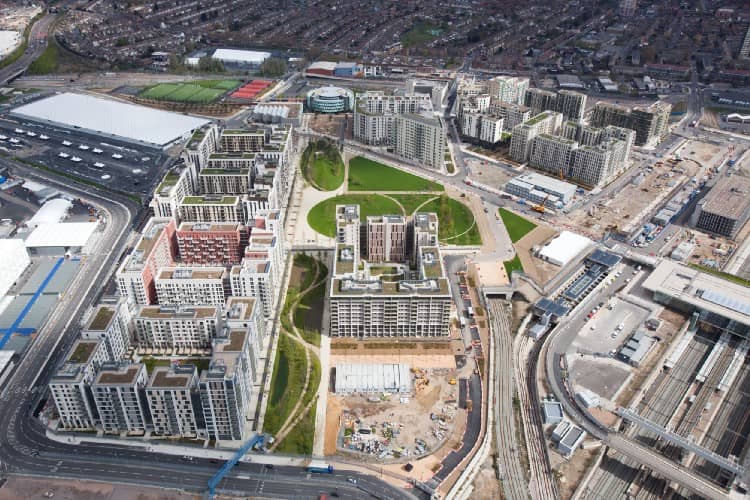
Particular attention was also paid in the case of London to the legacy of the Olympic Games and Park, constructed on former brownfields in a disadvantaged area of town. The reconversion of Olympic facilities, development efforts, and massive investments allowed the site to become a dynamic and attractive metropolitan zone — to such an extent that property prices have increased more quickly around the Olympic Park than in any other part of the city. In order to pay back the debts incurred for organising the Games, the municipality relaxed the social housing requirements for new property-development programs in this area. Today, many studies tend to show that the development of the zone does not really benefit the local population or businesses, which suffer from the high housing prices and competition with businesses in the Olympic Park. Again, the necessity of envisioning a metropolitan Olympic project in all the complexity of its development emerges clearly.
The Olympic Games: a historic opportunity to tackle the difficult question of the relationship between cities and health

Beyond the question of facilities, infrastructure, and direct economic benefits, the legacy of the Games may be a much more intangible and delicate matter in the long run: local and national pride, enhancement of the city’s image with tourists and investors, changes in mores and lifestyles, and so on. In particular, organising cities often aspire to capitalise on the Olympic spirit, values, and dynamism to create a sustainable impulse to promote the practice of sports among the population for better health and well-being, more inclusion, and greater tolerance. Does the preamble to the Olympic Chart not define Olympism as “a philosophy of life exalting and combining in a balanced whole the qualities of body, will and mind”? Furthermore, it involves creating “a way of life based on the joy of effort, the educational value of good example, social responsibility and respect for universal fundamental ethical principles.”
London, in particular, tackled this ambition borne by the government, and set out to significantly increase the percentage of people who practice sports regularly. Before the Games, many programs meant to promote sports and make practising sports accessible to all, especially to the most disadvantaged, and the construction of new sports facilities allowed for a constant increase in the number of people regularly practising a sport in the country. Two activity peaks were thus observed just after the victory of London’s candidacy in 2005 and around the Olympic Games in 2012. Since 2012, however, the numbers have been constantly declining, particular in poorer areas. Figures about obesity among young people have also increased concern in the British capital.
Analyses have attributed this decrease to the reduction of the amounts invested after the Olympic Games, especially in funding local associations. These criticisms were swept aside by the government, which claimed that the increase in the cost of a well-performing sports system due to a very competitive international sports scene forced it to prioritise investments and target disciplines. At the end of the day, this debate highlights the fact that the 2012 Olympic Games inspired a very elitist vision of British sports, which focused on the international performance of athletes. Thus government funding for each discipline seemed motivated by the desire to win medals; In the absence of results, funding stopped. In this sense, the British approach was a success because the country finished second in the most recent 2016 Olympic Games in Rio, after finishing third in 2012 in London and fourth in 2008 in Beijing. This success was achieved, however, at the expense of amateur sports and the diversity of disciplines, in particular since 2005 when London was awarded the Olympic Games. For the majority of the population, the boost given by the Games was not sufficient to support a lifestyle change in the long run.
Thus, the challenge is more than just the will to keep the Olympic spirit alive. Rather, it is increasingly a question of public health, which is often related to social inclusion problems, with figures showing unequivocally that the most sedentary are also the poorest. How, then, can we promote long-term sports practice by all?
A first option is to promote different sports structures and the intangible legacy of the Olympic Games through a social project. This is what Geoff Thompson, former karate world champion, is currently doing as the head of the Youth Charter. The association uses sports and art as drivers for integration to give disadvantaged youth hope for the future, ambition, and motivation. For Geoff Thompson, the legacy of the 2012 Olympics, the values embodied in Olympic sports and the inspiration provided by Olympic champions are part of the essential elements required today for the association’s activity. So, the local associative ecosystem is an effective means of mobilising and encouraging more people to practise sports. But its effectiveness depends on long-term commitment, particularly in terms of funding…


The Future of Public Spaces - Geoff Thompson, Youth Charter
A second option consists in acting on the public space. This is one of the stated ambitions of the Paris 2024 project, which marks a break in the history of the Games. Sports practice is seen more as a vector for inclusion than the prerogative of an elite: the goal is to bring sports out of the stadium. The accent is on a more widespread and less competitive practice of sports as well as the development of the public space as a tool for the transition to new, more active lifestyles. It is an ambitious approach, which has the merit of emphasising the importance of public space in making the metropolis a lived space. Public space here is understood as roads, squares, parks, and any concrete and material space, open both day and night, free and managed by public authorities. It is a common space and theoretically ideal for social inclusion.
However, this is on condition that the development of such spaces feature an inclusive character. It should be noted that a public space is not in itself inclusive, and may even favour exclusion. This being the case, such a space can be designed to be accessible to people with reduced mobility (access ramps) where another might exclude them (stairs). Such a space will be open, visited, and well-lit and the other will be isolated and dark, which poses an obstacle to its use by women and even creates a sense of insecurity. Likewise, where sports practice is concerned, all public spaces are not equal. The development of a public space can promote inclusive practice, that is, be open to people who practise few activities, and also be implicitly geared towards certain categories of people (young men in good health).
Its development therefore presents a strong challenge for cities. This is the challenge in a common project between La Fabrique de la Cité and its Dutch partner, the Amsterdam Institute for Advanced Metropolitan Solutions (AMS). The goal is to identify the conditions for development, governance, project execution, and evaluation favourable to open and free practice for all in the public space. The initial observations from this work in progress stress the importance of the idea of availability (can we recreate the public space in already dense zones?), networking (how do we interconnect public spaces?), the multi-functionality of the space and properties involved, flexibility (how do we incorporate temporary uses), and, finally, interaction between the physical space and digital uses.
Clearly, Paris 2024 wants to join Olympic history in an innovative way: first, by its choice to rely heavily on existing infrastructure; then, through its will to bring sports out of structures to make it a tool for social inclusion and health improvement in the city. If it manages to make sports a long-term practice in the public space, Paris will have realised its aspirations: not to content itself with a classic approach consisting in creating a Paris made solely for the Games, but rather, to incorporate the Games into the urban project in order to make the Games… Parisian, and to contribute to transforming Paris over the longer term into a city devoted to health.
These other publications may also be of interest to you:
La Fabrique de la Cité
La Fabrique de la Cité is a think tank dedicated to urban foresight, created by the VINCI group, its sponsor, in 2010. La Fabrique de la Cité acts as a forum where urban stakeholders, whether French or international, collaborate to bring forth new ways of building and rebuilding cities.















